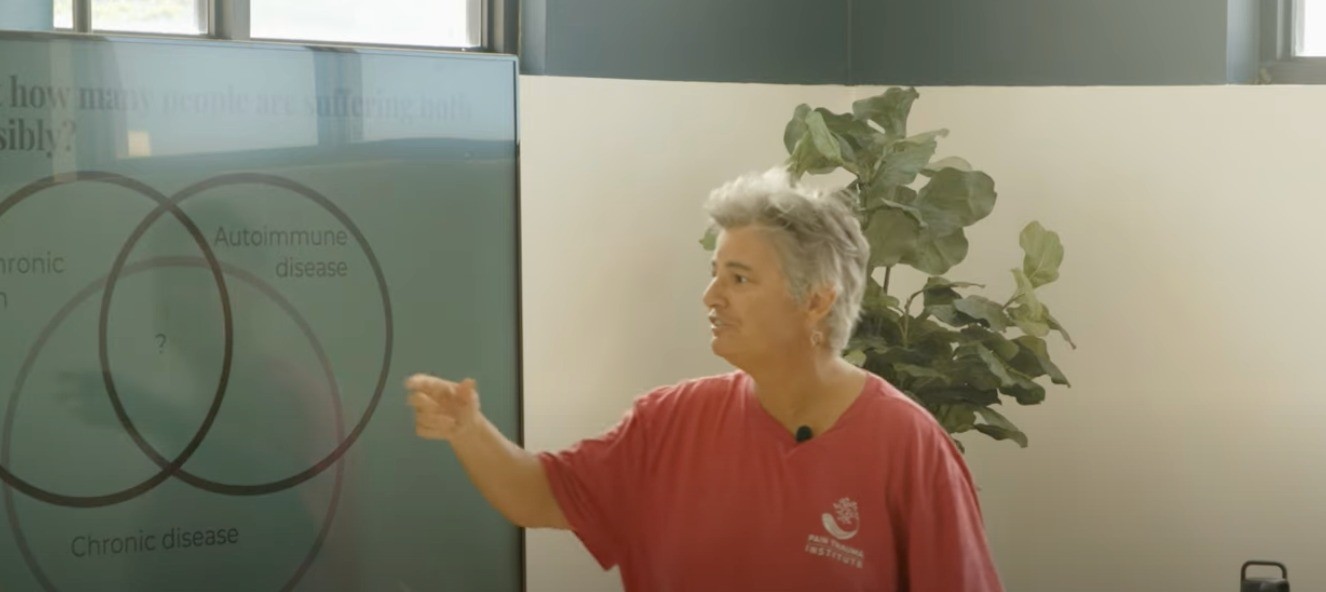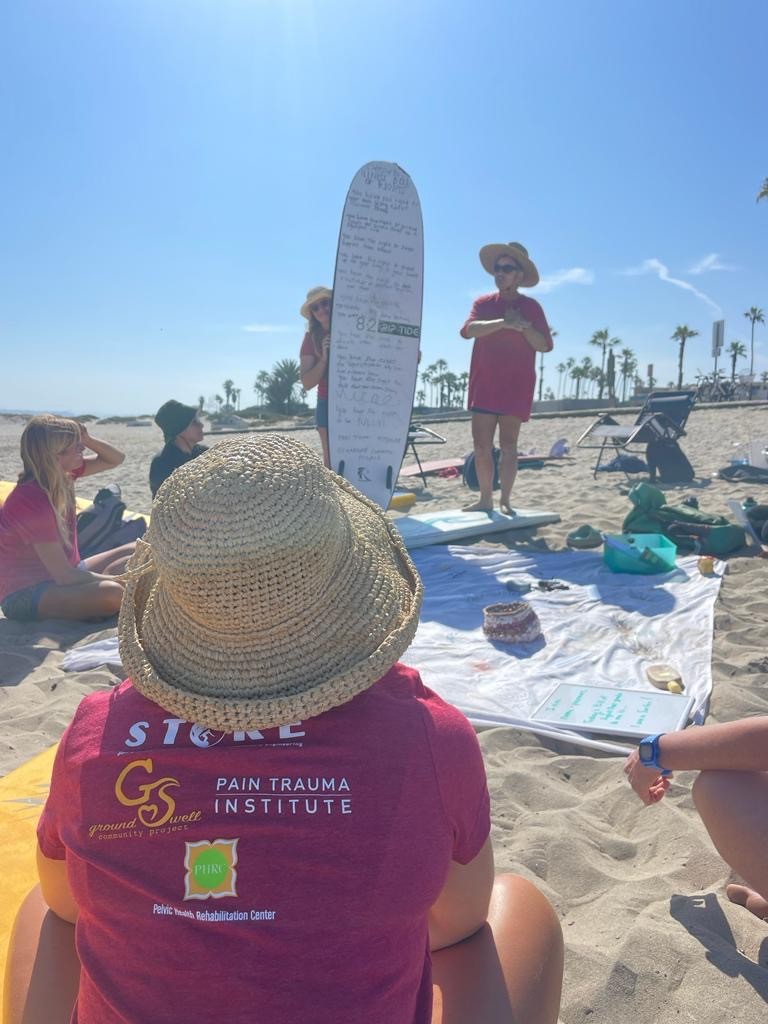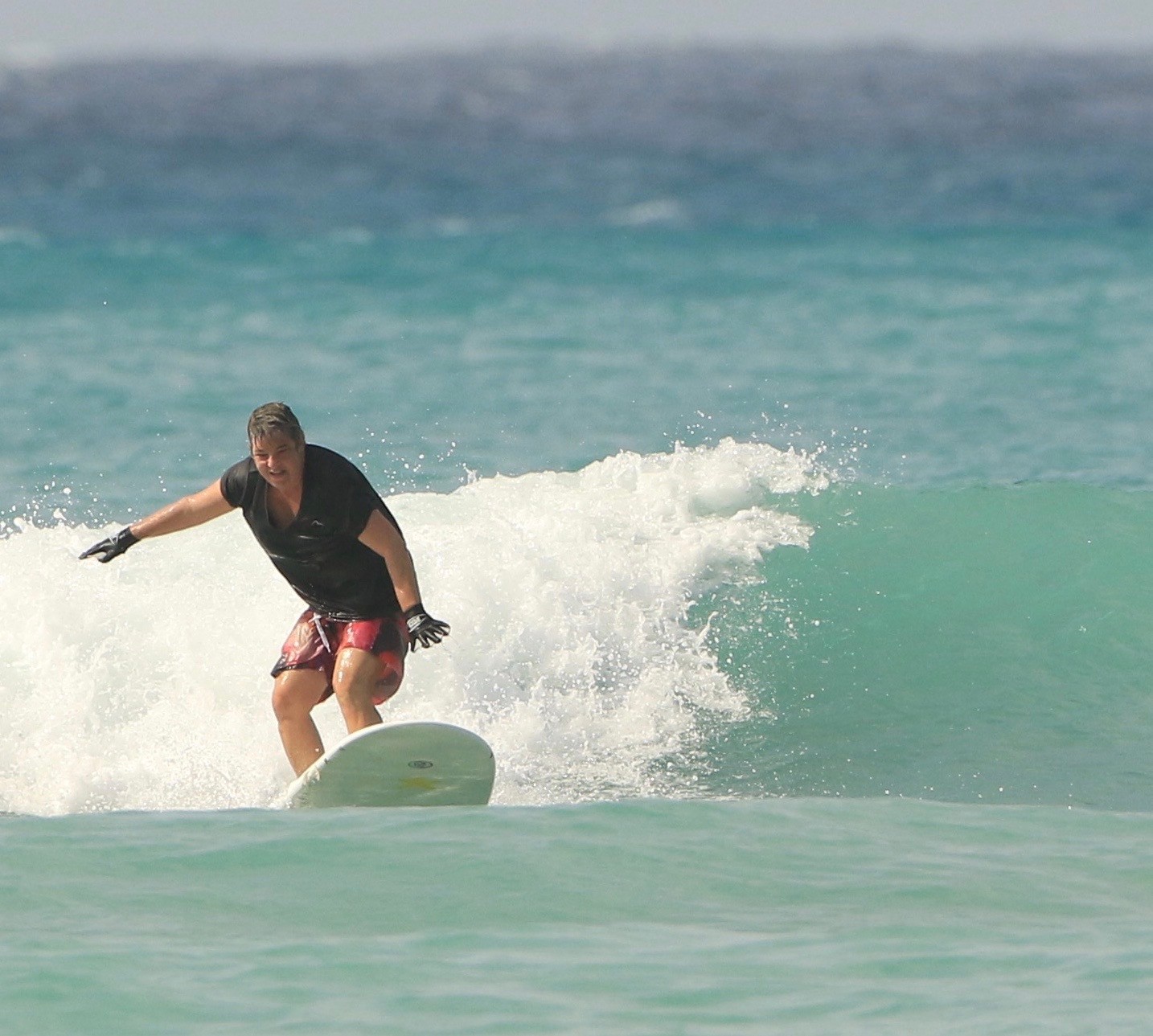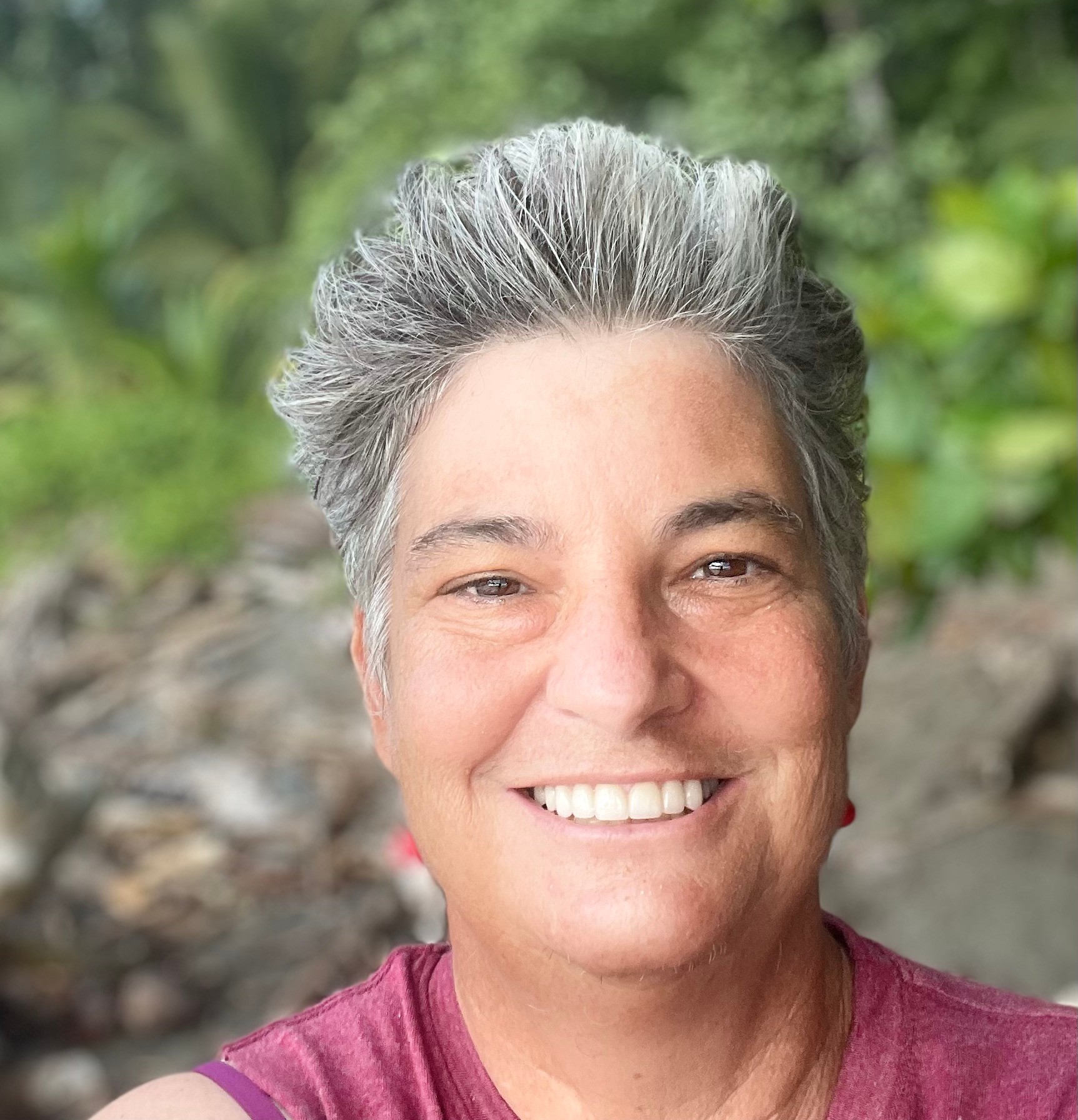We recently connected with Tracey Chester and have shared our conversation below.
Tracey, looking forward to hearing all of your stories today. Setting up an independent practice is a daunting endeavor. Can you talk to us about what it was like for you – what were some of the main steps, challenges, etc.
As a therapist and chronic pain patient myself, I wanted to open a clinic devoted towards helping people navigate chronic illness in todays medical system, as well as give them tools on how to lead as meaningful a life as they can. In 2020, the pandemic presented an opportunity to gather experts in treating trauma, and develop relationships in the medical community in a deeper way than i had before. My first step was to find one of these experts, which made the practice more attractive to other experts. Most of my challenges were establishing health insurance, as well as utilizing a good EMR (Electronic Medical Records). that took research, and I hired a student to build my webpage and find the EMR that worked best. Another challenge was in retaining therapists who I had paid to be able to take health insurance, but who left without me making that cost a loss. If I did this all over, I would only credential therapists on a few insurance panels and spread them out.
I hired a credentialing company and a biller both very reasonable and make the job that much easier. I would also try to find a Public Relations to promote my expertise for interviews, etc.
Young professionals now can start their own practice and subsidize it with taking insurance clients through companies like ALMA. You don’t make much but it fills your schedule. Also working with a team, is very beneficial. It is hard, I am still learning.


As always, we appreciate you sharing your insights and we’ve got a few more questions for you, but before we get to all of that can you take a minute to introduce yourself and give our readers some of your back background and context?
There are 50-100 million Americans living with some sort of chronic illness, and 20% have high impact pain which renders them unable to work or do most activities of daily living. 8.8% of suicides have had under-treated chronic pain as a main factor. I founded Pain Trauma Institute because I too live with chronic pain and autoimmune disease and want to help others struggling with the same conditions, PTI’s mission is to empower patients to relieve pain of all kinds through evidence-based mental health services and collaboration with our community of medical and research advisors. At Pain Trauma Institute we provide unique programs for this population. This is a poorly understood, misjudged and shamed portion of our country. Because these diseases are inivisible. I am most proud of our ocean therapy program for persons with autoimmune and chronic pain. This was developed in partnership with Groundswell Community Project. We were so excited this past fall, when we partnered with USC, on Project Stoke (Surf Therapy in the Ocean) this past fall and presented our findings at the ISTO conference (International Surf Therapy Organization). : Our results were amazing, though it was a very limited study. We found a 50% decrease in pain before and after being in the water. this was measured by anecdotal evidence and results of brain scans on the beach. Furthermore, as the program progressed the participants became more resilient and less afraid of their pain, pushing past their comfort zone.
Invisible illnesses, such as autoimmune conditions like fibromyalgia, Arthritis , IBS and lupus take a huge toll because most patients go through 5-10 years of struggling with the medical system to just find a diagnosis, much less a treatment. The anxiety of waiting for doctor after doctor and not getting answers or being dismissed is far too common. shame and weakness. and mistrust from your friends and family. There are 80 autoimmune conditions that we know about and about 1 in 2 women currently live with such. The suffering is unimaginable and most of these patients are hidden away, or right in front of you but you can’t see us. this leads to isolation and inability to partake in activities which gave us joy. We don’t look like we are sick, and thus are not believed and judged for being hypochondriacs . We are hidden away. Nobody knows about us.
This leads to something called “Medical Trauma”, which is defined by negative experiences with medical providers or procedures. Years of being dismissed, told our pain isn’t real make us feel confused and weak. At PTI, we help patients develop skills and awareness of this type of trauma. One example is help patients present their symptoms and diagnosis in a visual manner, instead of a just a list of all their symptoms and procedures. As trauma therapists, we also have many trauma-informed approaches to help patients cope with these conditons. . .
We are a team of mental health therapists and physicians here to facilitate healing as a whole person. Through holistic treatment we seek to relieve suffering by understanding the current stressors you’re managing as well as the root cause rather than treating symptoms alone. We offer grief and trauma-informed care, meaning we take into account the mental, emotional, social, and physical factors impacting your unique experience.


What do you think helped you build your reputation within your market?
I built an online presence and partnered with other organizations. In particular my relationship with groundswell community project, founded by Natalie small, has proven bountiful. Surf therapy is truly my love, I have been doing it in some form or other of my life. I’ve met so many great people through her and also other colleagues. My reputation began when my primary care doctor listened to me talking about trauma in doctors appointments and invited me to speak at a conference. It was then I realized people might be interested in what I say. I created courses and support groups, and even if nobody takes any of them, the content is there. Once you have done one podcast, you are likely to do another, same with speaking at events. I also create my own events. This is after years of struggling to create pain therapy in the 2010s, I would host groups and nobody would show up. A few doctors let me use an office a few days but nothing ever developed. But all of that experience adds to my credibility as how many years of experience i have working with this population
Can you tell us about a time you’ve had to pivot?
I was a geologist in my 20s. I obtained an M.S. in geology at Stanford in 1994. I worked in that field, which was not a passion and I didn’t feel particularly skilled at it. Still I did well, until I got promoted past my level. I would have to travel alot and for long periods, and each time I would experience extreme anxiety and insomnia which I did not understand. I left the job when I found out I was to go straight to a job in alaska while I was working in Chile. They really like me and wanted me to stay, so they said they’d send someone else to alaska, and I just didn’t feel right about it. So I told them I would work locally only. Then, I was offered 10,000 for a three week job in the australian outback. I completely fell apart physically and mentally. I had a complete breakdown. Shortly after returning home I was diagnosed with anxiety which at that time I had no idea was a thing. I couldn’t believe it could affect me physically. These were tough years, trying to figure out what to do next. I had stepped off the path that had been dictated to me.
I was always fascinated with people and at my job would go talk to everyone about how they were doing, this led to my interest of being a therapist. When my own issues surfaced, it was definitely what I was shooting for. I went to get my pre-reqs for a graduate program in marriage and gamily therapy, which I began when my kids were old enough and at school most of he day. i was 38.
Contact Info:
- Website: www.paintraumainstitute.com
- Instagram: @sdpaintraumainstitute
- Facebook: Tracey Chester
- Linkedin: Tracey Chester
- Youtube: Pain Trauma Institute San Diego
- Other: email: [email protected]
Image Credits
Tracey Chester


